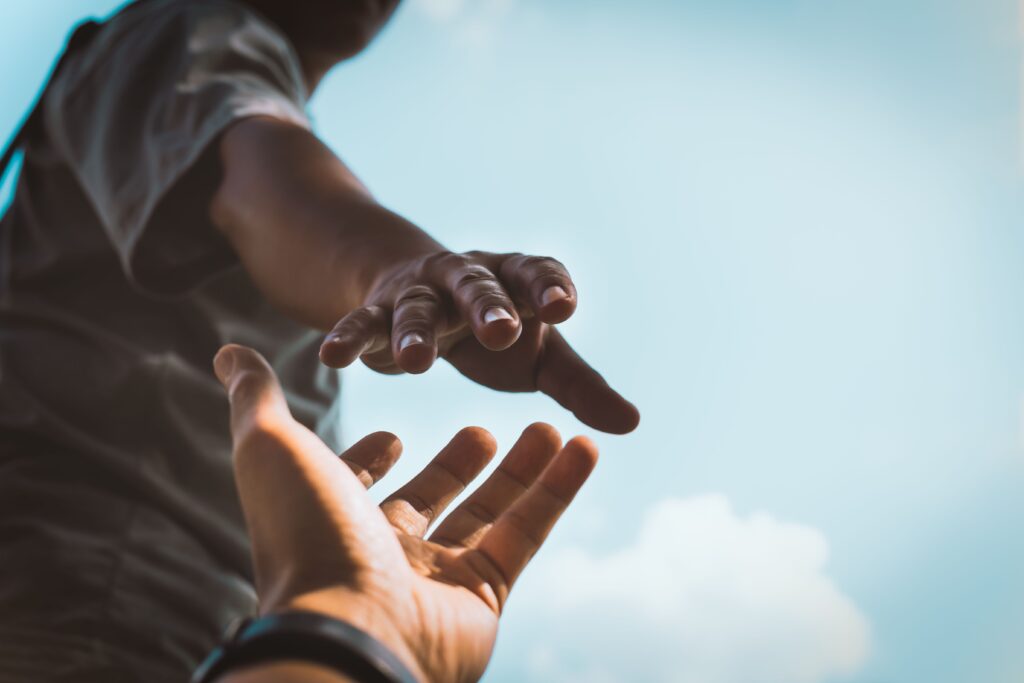Fentanyl Aware
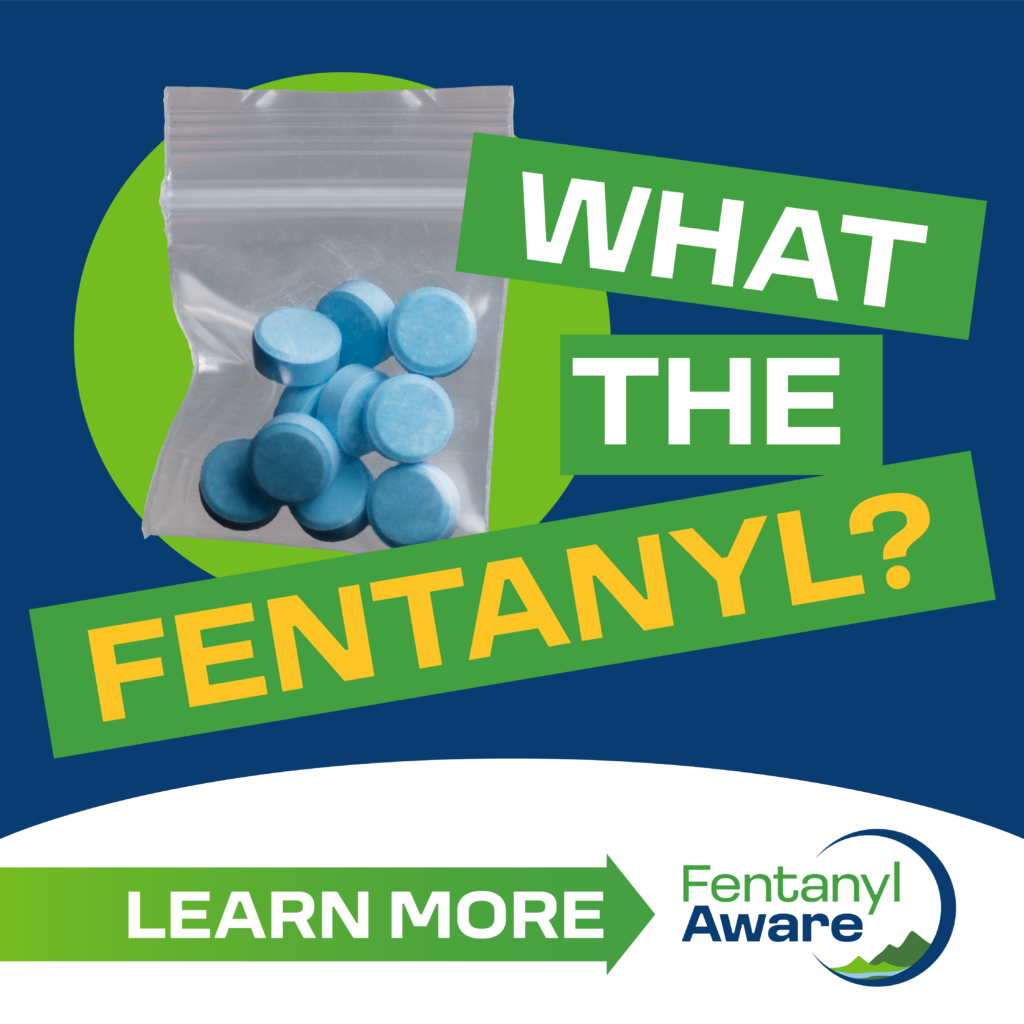
Fentanyl Aware
Adapted from the Lane County Fentanyl Aware campaign.
Our community is seeing increases in the use and supply of fentanyl.
We want our community to be safe and avoid the risk of drug overdoses. Check out our risk reduction services for more information.
On this page:

What is fentanyl?
- Fentanyl is a synthetic opioid that is 50 to 100 times stronger than morphine.
- Fentanyl has no taste or smell, and it can be found in fake pills and powders being sold as different drugs.
- Fentanyl is found in pills sold as Xanax, Adderall, OxyContin, MDMA, or others.
- It might be in powders sold as cocaine, methamphetamine, or heroin.
Why is fentanyl dangerous?
- Fentanyl is now a leading cause of drug overdoses in Oregon.
- Like other opioids, fentanyl slows breathing and heart rate, which can result in death.
- The reason fentanyl is so risky is because it only takes a very small amount to cause an overdose.
- Substances may look the same, but fentanyl has changed the drug supply in Oregon because it is strong, cheap, and easy to transport.


How can I spot an overdose?
Anyone trying or using drugs could overdose, and it is especially easy with fentanyl in the drug supply. Know what an overdose looks like, so that you can help someone who needs it.
Signs a person could be overdosing:
- cold or clammy skin
- slowed or stopped breathing
- unable to stay awake, or unresponsive
- snoring or gurgling sounds
- blue or gray lips and nails
- pinpoint (small) pupils
What do I do if someone overdoses?
Always call for help – dial 911 – no one will get in trouble for having drugs if they call about an overdose.
Tell the operator your location and that you are with a person who is not breathing and might be overdosing. Tell them if you have Narcan and they can help you reverse the overdose.
Narcan can reverse an overdose.
By carrying Narcan, you could save a life! It’s easy to use, available without a prescription, and legal to carry and use.
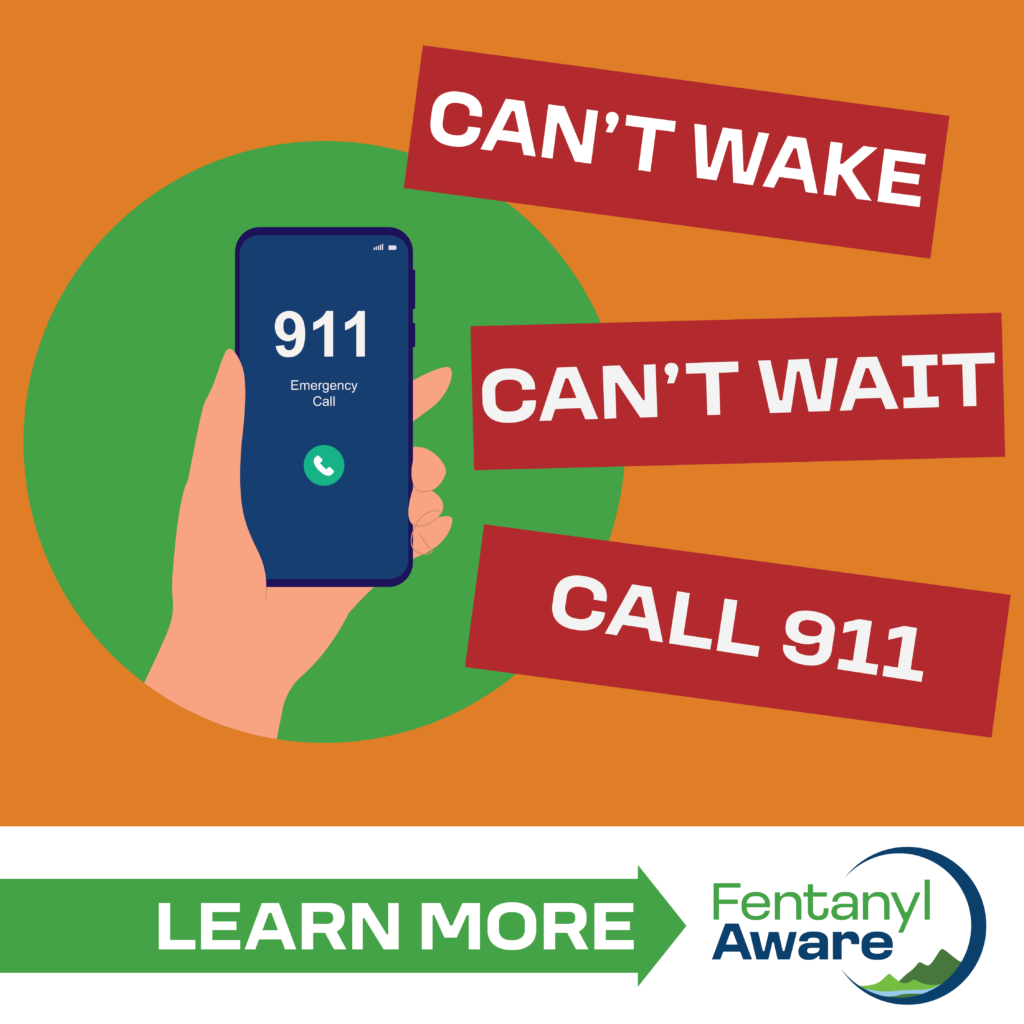
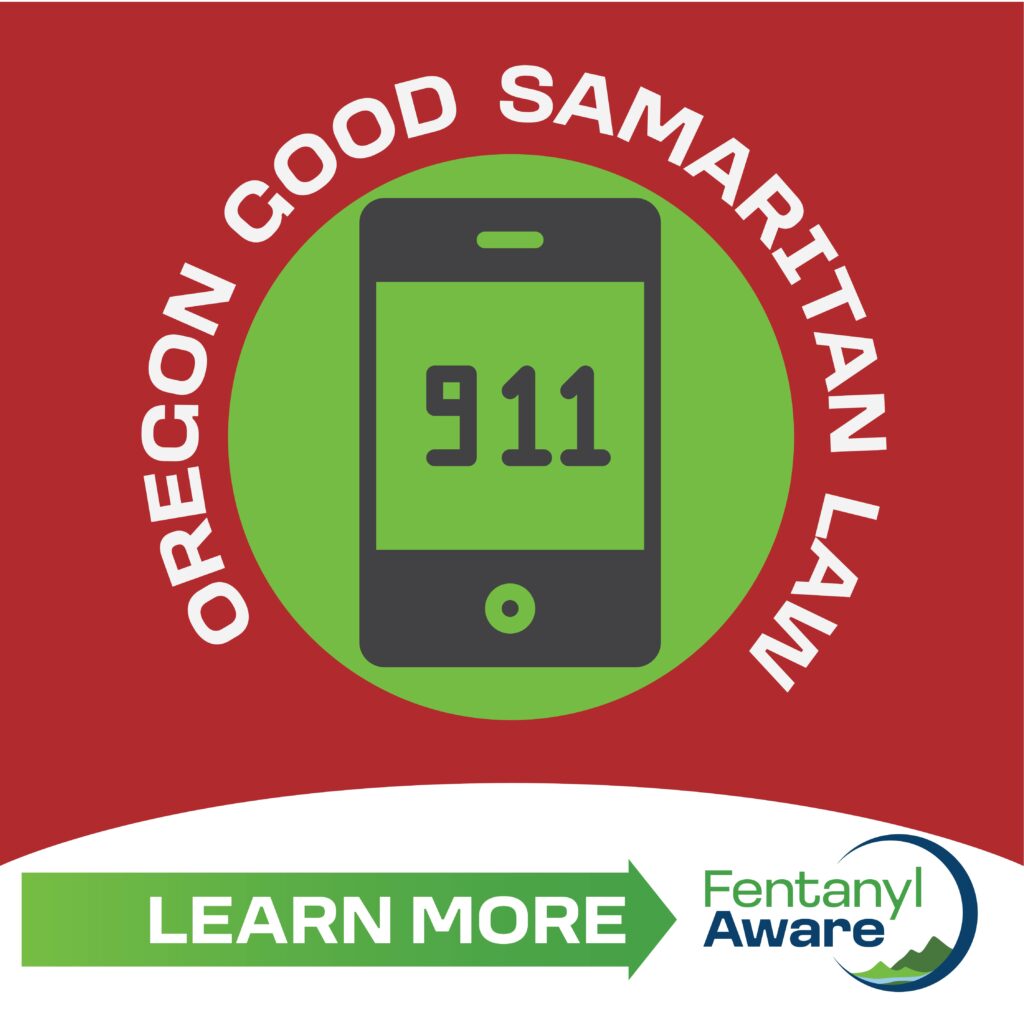
Can I get in trouble if I call for help when someone overdoses?
Oregon’s Good Samaritan Law protects anyone – witnesses and victims – seeking medical assistance in drug related overdoses.
If someone is overdosing and you call for medical help, you cannot be arrested or prosecuted for:
- Possessing drugs or drug paraphernalia
- Being in a place where drugs are used
- Violating probation or parole because of drug use or possession
- Outstanding warrant because of drug use or possession
What is Narcan (naloxone)?
Narcan (or naloxone) is a medication that quickly reverses opioid overdoses, including ones from fentanyl. Narcan is sprayed up the nose, or injected into the muscle, and it knocks the opioids off brain receptors, restoring normal breathing, saving lives.
Naloxone has nearly no side effects and will only work if a person has opioids in their system. It’s totally safe.
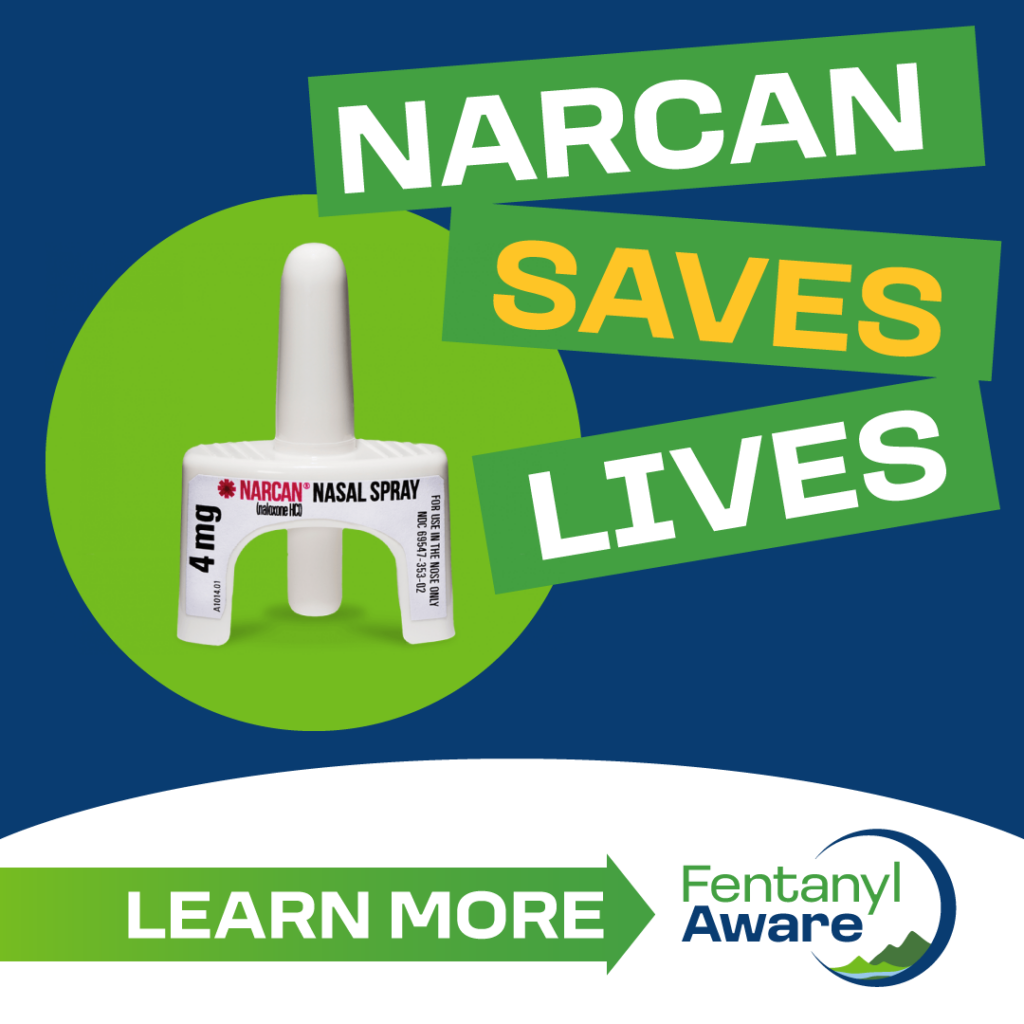
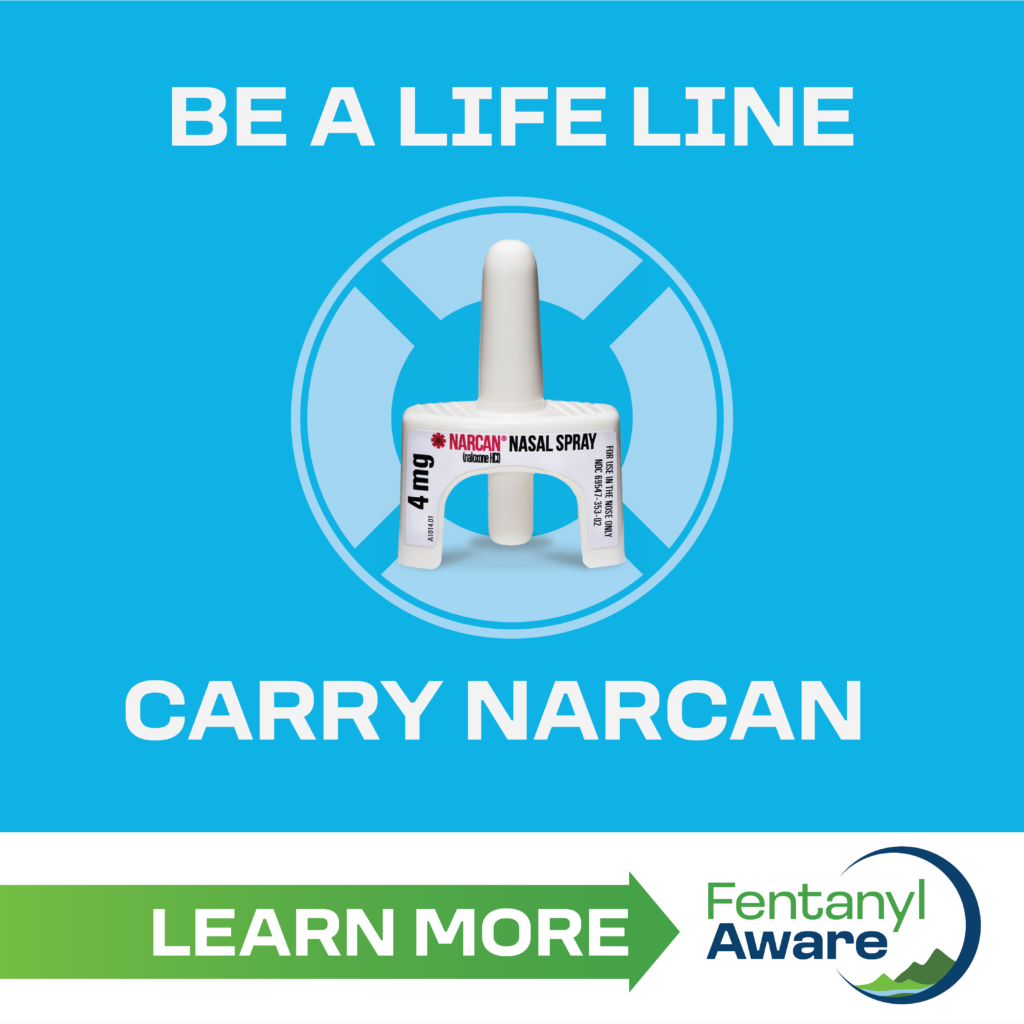
Why should I carry naloxone?
Anybody using drugs could be at risk for an overdose. If you, your friends, or your loved ones use drugs, or take prescription opioid medications, Narcan is the medicine that can reverse an overdose.
Carrying Narcan does not increase drug use, it only saves the lives of those who could overdose on drugs.
How do I use naloxone?
You should give naloxone to anyone who may be overdosing. If you think someone is overdosing, first check to see if they are responsive. Try vigorously rubbing your knuckles along their sternum (the bone in the middle of the chest). If they do not respond, call 911.
Narcan (nasal naloxone)
Give the dose by inserting the nozzle into one side of the nose and using your thumb to press the plunger firmly.
Injectable naloxone
Naloxone also exists in an injectable form.

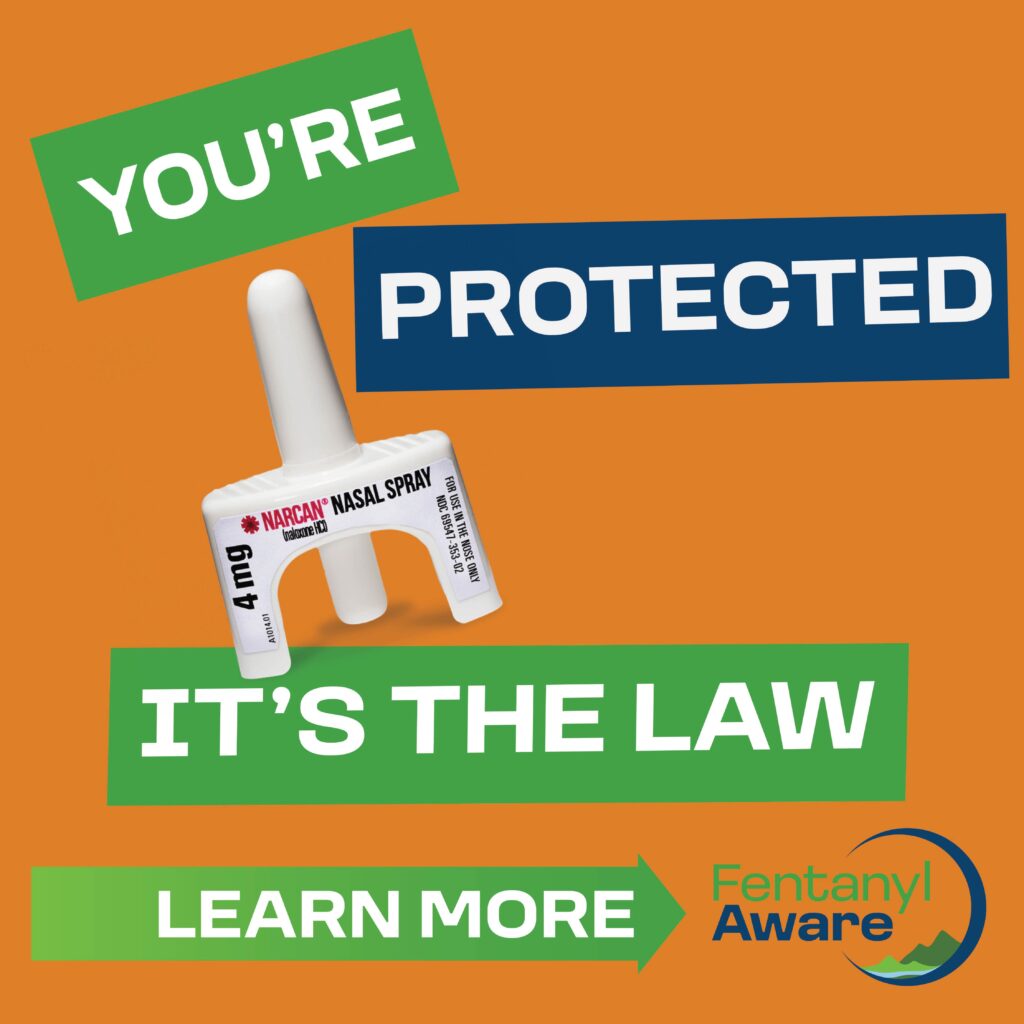
Where can I get naloxone?
There are many ways to get Narcan in the community. Most insurance companies cover the medication, though some may charge a copay. Oregon Health Plan (OHP) provides Narcan free at the pharmacy.
- Anyone, even teenagers, can ask a pharmacist to prescribe Narcan. Ask to speak with a pharmacist and explain that you or someone you know is at risk of overdose. Oregon law states that a pharmacist should provide Narcan when asked.
- The FDA has recently approved Narcan to be sold over the counter.
- You can also get Narcan from our Risk Reduction Program at RiskReduction@bentoncountyor.gov or (541) 766-6314.
Resources for help
If you, or someone you know, are struggling with drug use or mental health, it’s ok to ask for help. Let a friend or loved one know.
Treatment options
Benton County Behavioral Health
- Substance Use Treatment
- Medication Assisted Treatment
- Mental Health Therapy
- 530 NW 27th Street, Corvallis, OR 97330
- 541-766-6854
Ideal Option
- Medication Assisted Treatment
- 1318 NW 9th Street, Suite B, Corvallis, OR 97330
- 1-877-522-1275
ACME
- Substance Use Disorder Treatment
- 310 NW 5th Street #101, Corvallis, OR 97330
- 541-286-4010
Milestones
- Substance Use Disorder Treatment
- 442 NW 4th Street, Corvallis, OR 97330
- 541-757-7534
Discovery Counseling
- Substance Use Disorder Treatment
- 877 NW Grant Avenue, Corvallis, OR 97330
- 541-752-2703
Community Outreach, Inc. (COI)
- Substance Use Disorder Treatment
- 865 NW Reiman Avenue, Corvallis, OR 97330
- 541-758-3000
Resources to lower risk of overdose
- Benton County Risk Reduction Program
- Narcan kits
- Fentanyl test strips
